Optimal Timing for Waterproofing
Waterproofing is a critical process to prevent water intrusion and protect structures from moisture damage. Proper timing ensures optimal adhesion and longevity of waterproofing materials, reducing the risk of future repairs and costly damages.
Spring offers moderate temperatures and low humidity, ideal for waterproofing applications. It allows sufficient curing time before the summer heat or winter cold.
Summer provides warm, dry conditions that facilitate quick drying and curing of waterproofing products, especially in regions with high humidity.
Fall is suitable due to cooler temperatures and lower precipitation, minimizing delays and ensuring proper application before winter.
Winter waterproofing is generally discouraged unless specialized products are used, as freezing temperatures can compromise adhesion and curing.
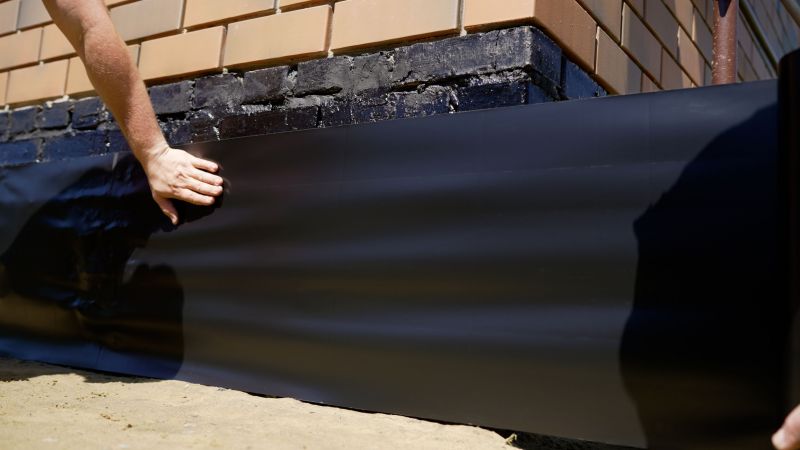
Applying waterproofing during optimal weather conditions ensures durability.

Proper surface preparation is essential before waterproofing application.
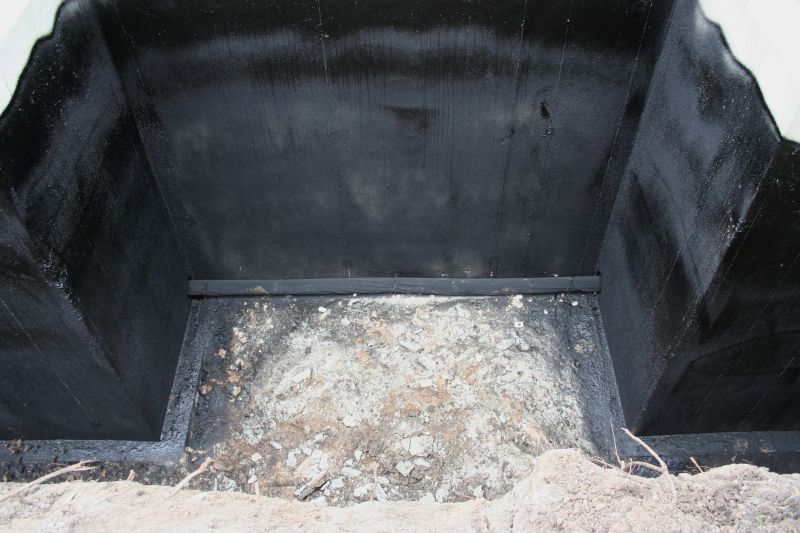
Allow adequate curing time for waterproofing materials to achieve maximum effectiveness.
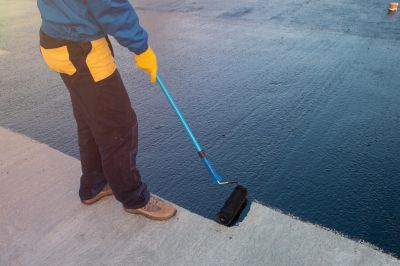
Seasonal considerations impact waterproofing success and longevity.
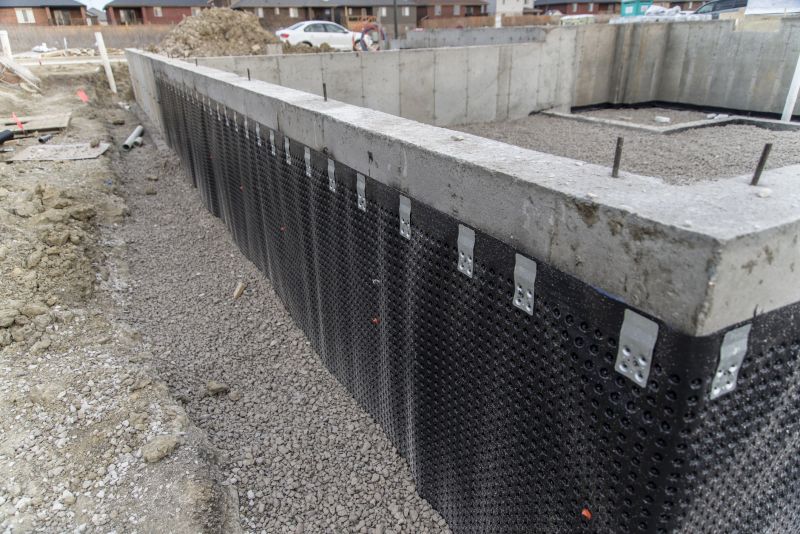
Monitoring weather is crucial for scheduling waterproofing projects.

Different materials perform best under specific conditions.

Inspect surfaces for cracks or damage before waterproofing.
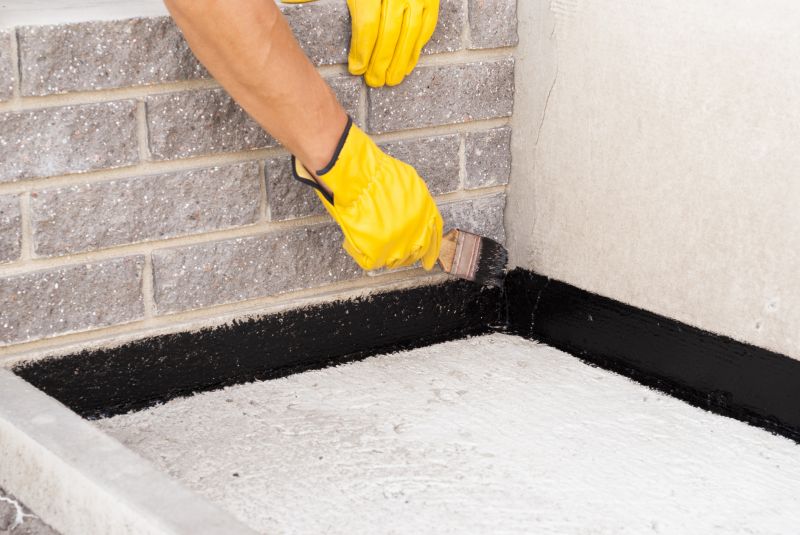
Proper sealing of joints enhances waterproofing effectiveness.

Verify waterproofing integrity after application and curing.
| Season | Ideal Conditions |
|---|---|
| Spring | Moderate temperatures, low humidity, dry weather |
| Summer | Warm, dry, low humidity, consistent sunshine |
| Fall | Cooler temperatures, low precipitation, stable weather |
| Winter | Cold temperatures, freezing conditions, generally unsuitable |
Waterproofings are essential for protecting buildings from water infiltration, which can cause structural damage, mold growth, and deterioration of materials. Advances in waterproofing technology have led to a variety of products suited for different surfaces and conditions. Proper timing, combined with high-quality materials and correct application techniques, enhances the durability and effectiveness of waterproofing systems.
Statistics indicate that waterproofing failures are most common when applications are performed under unsuitable weather conditions or without proper surface preparation. Ensuring waterproofing is done during optimal weather windows can extend the lifespan of the protection system by several years, reducing long-term maintenance costs and preserving structural integrity.
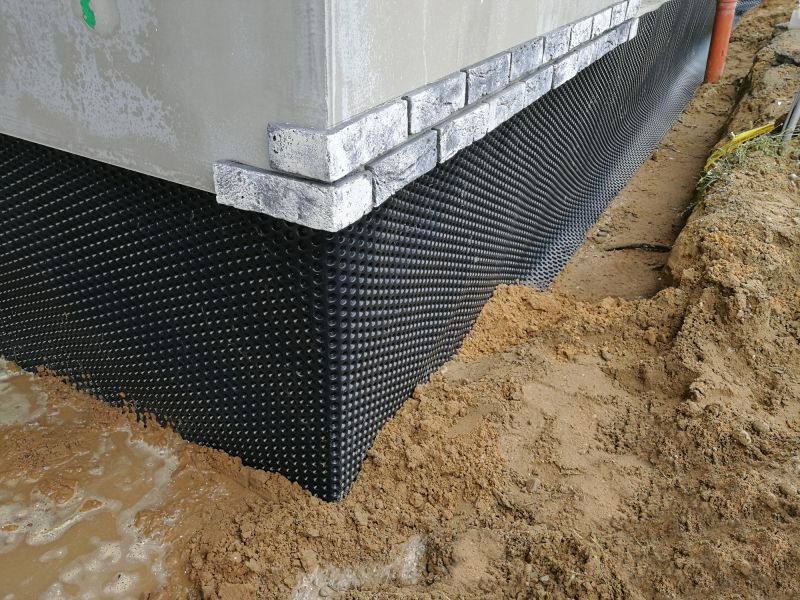
Installation of waterproofing membranes on foundations.
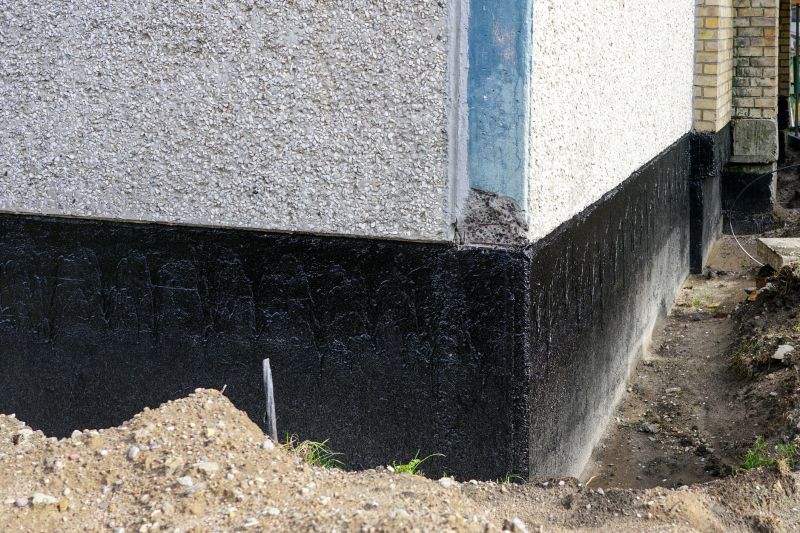
Cleaning and repairing surfaces before waterproofing.
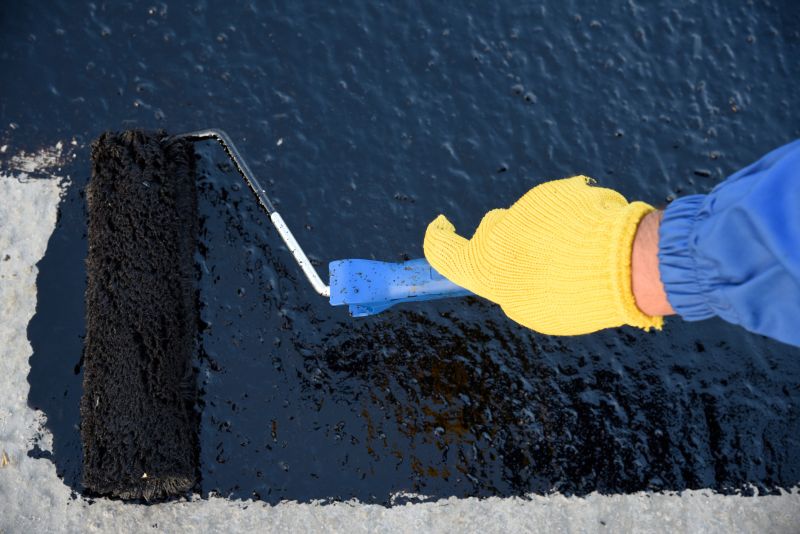
Spraying, rolling, or brushing waterproofing materials.
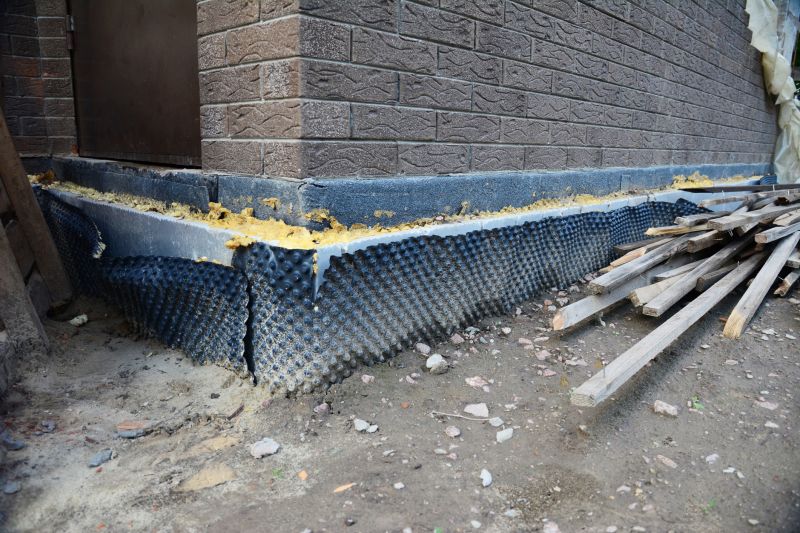
Ensuring complete coverage and adhesion.
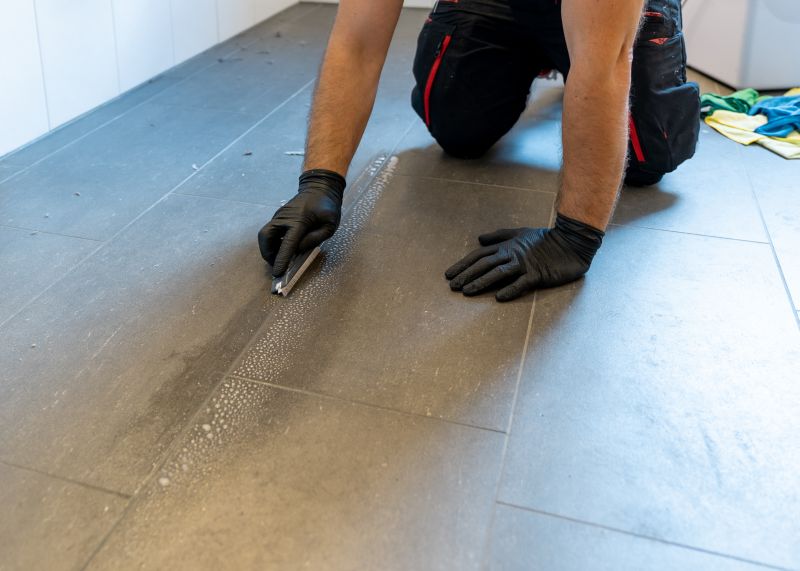
Ways to make Waterproofings work in tight or awkward layouts.

Popular materials for Waterproofings and why they hold up over time.
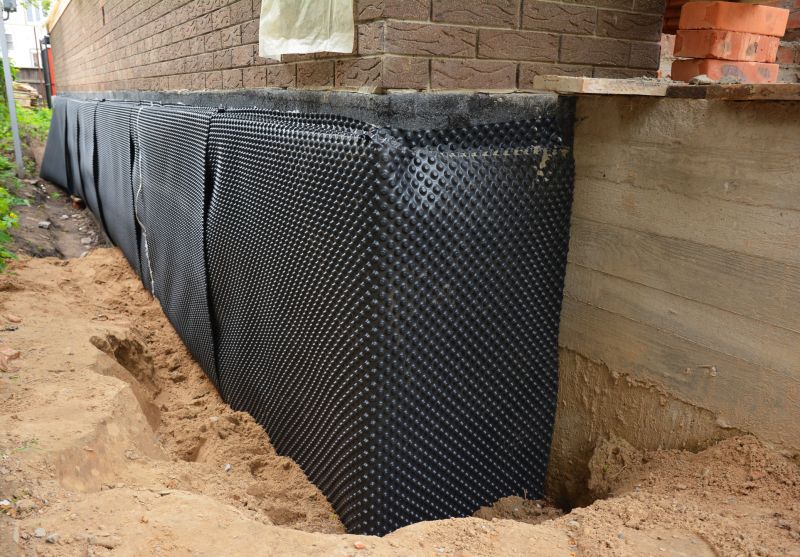
Simple add-ons that improve Waterproofings without blowing the budget.
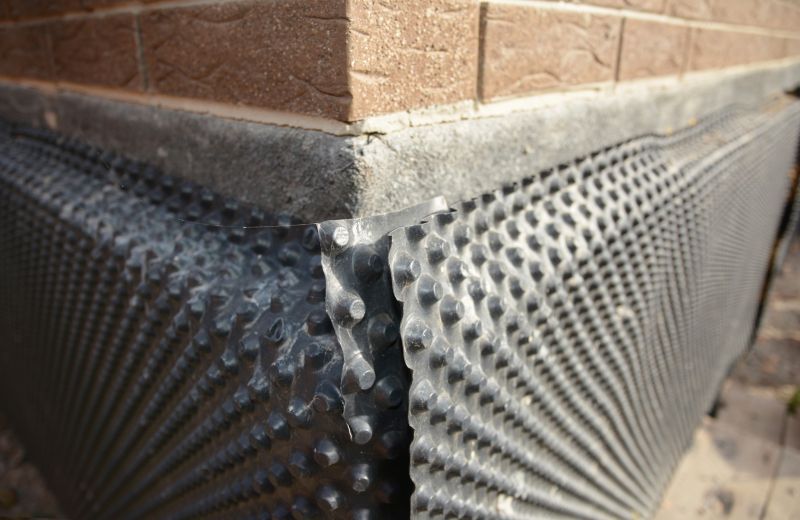
High-end options that actually feel worth it for Waterproofings.
Individuals interested in waterproofing services are encouraged to contact for further information or to schedule an assessment. Proper timing and application are key to maximizing the lifespan and effectiveness of waterproofing systems.

